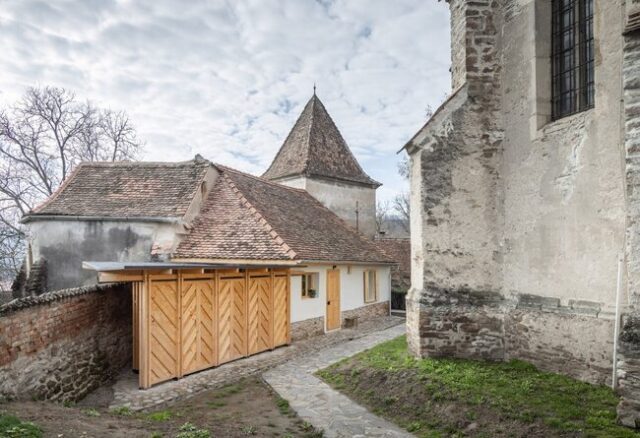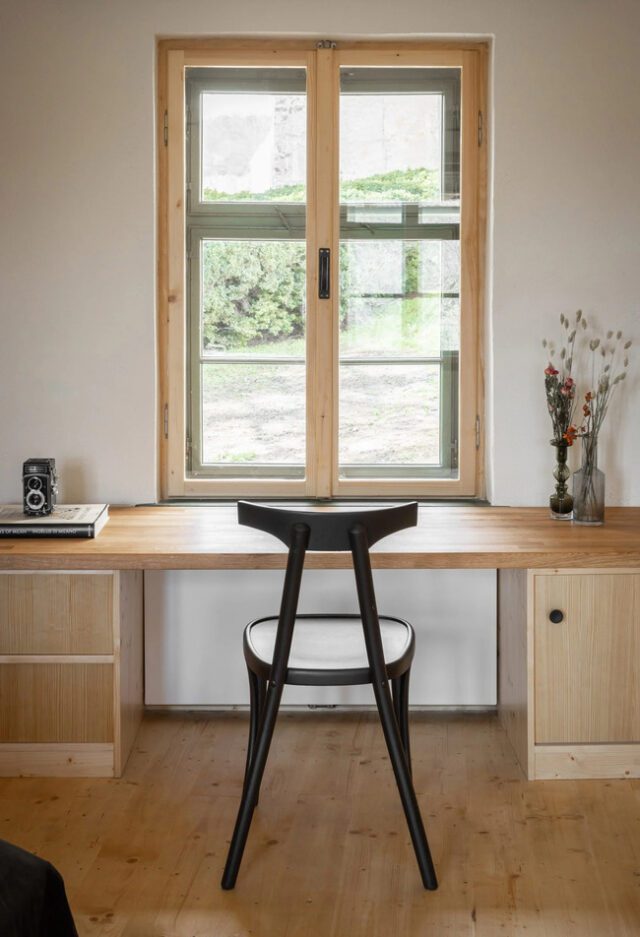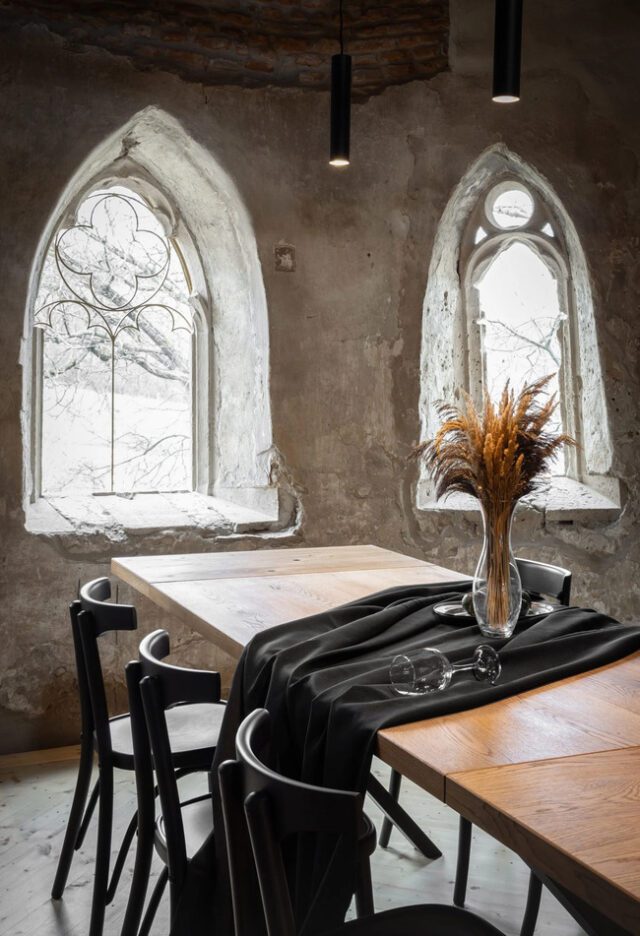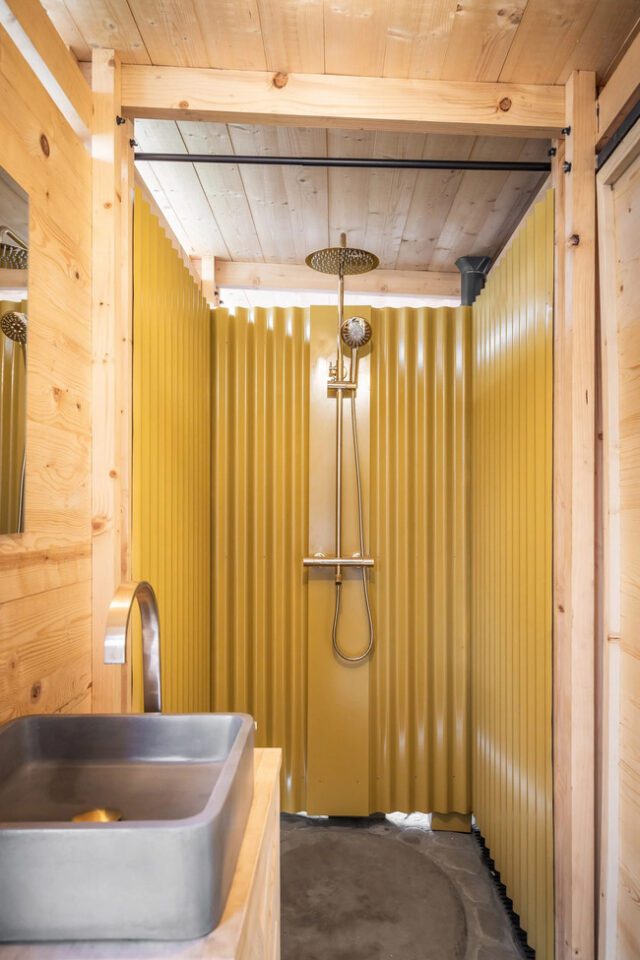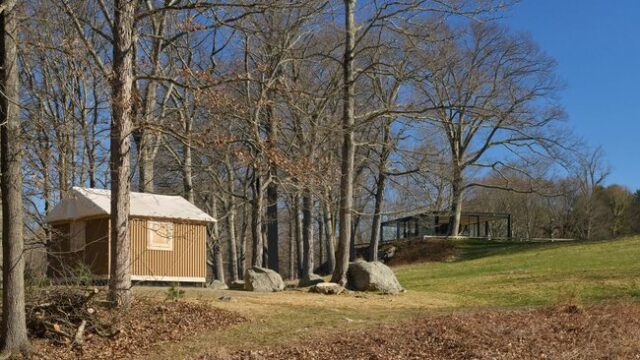
Japanese architect Shigeru Ban has unveiled a Paper Log House at Philip Johnson’s Glass House in Connecticut, marking the 75th anniversary of the iconic structure. This innovative pavilion, constructed from paper tubes, wood, and milk crates, was created in collaboration with students from Cooper Union in New York. The 13.5-foot by 13.5-foot (4.1 meters by 4.1 meters) structure stands within the historic site of Johnson’s Glass House, which was designed in 1949 and is celebrated as one of the most significant buildings of the 20th century. The Paper Log House offers a striking contrast to the original Glass House, which features glass walls within a charcoal-colored steel frame. The new pavilion’s walls, comprised of 156 paper tubes within a plywood frame and a foundation of 39 milk crates, reflect Ban’s commitment to sustainable and innovative architecture.
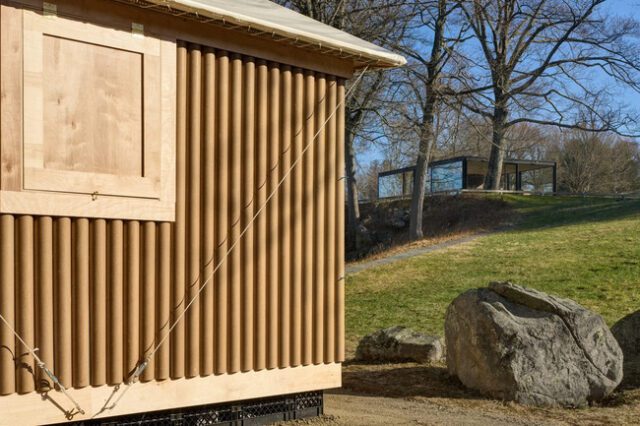
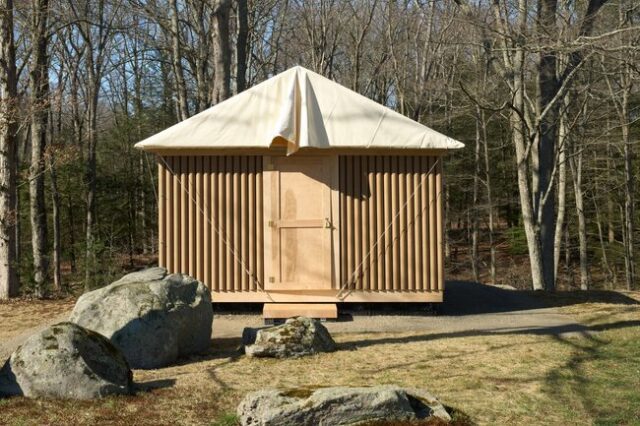
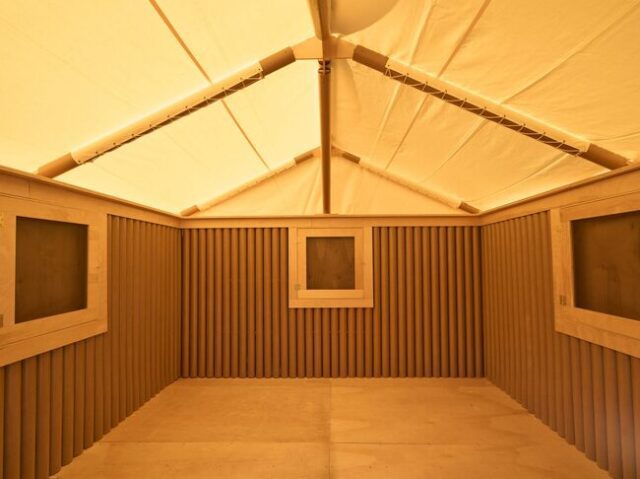
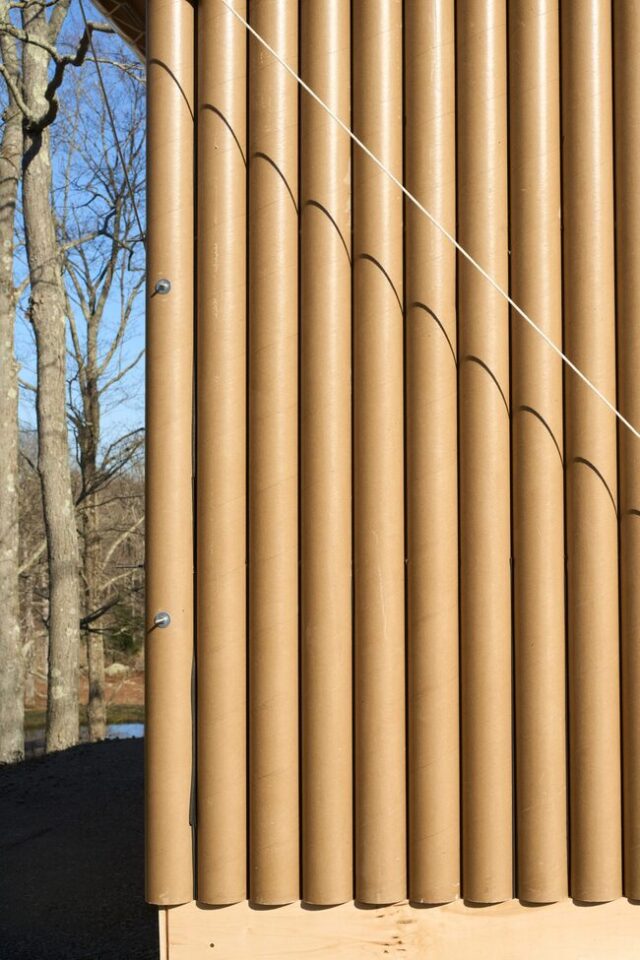

Arizona Iced Tea has garnered widespread recognition for its brightly colored cans and steadfast 99¢ price, a hallmark that has remained unchanged since its inception in 1992. Co-founder and chairman Don Vultaggio recently delved into the rationale behind this pricing strategy in an interview with TODAY’s Savannah Sellers. Competing with Snapple, Arizona Iced Tea has maintained its affordable price for over three decades, a decision Vultaggio attributes to his commitment to the consumer. Faced with inflation and economic fluctuations, the company has chosen to streamline expenses rather than raise prices. Vultaggio, who grew up in a working-class family with Continue reading “Arizona Iced Tea Founder Says He’ll Never Change the 99¢ Price and Explains Why” »

Many green-fingered Brits will be taking to their gardens this time of year – whether planting flowers or growing their fruit and veg. However, those growing their produce often face the challenge of keeping pests at bay. Slugs, snails, and caterpillars are notorious for damaging foliage and fruits. To combat this, one gardener, known on social media as @bilgemehmet23, shared a simple and cost-effective hack that has left many people stunned. His less than 1$ trick involves sprinkling Continue reading “Gardener Shares ‘Genius’ Less Than 1$ Hack to Keep Slugs Away From Home Grown Veggies” »

Many people considering gardening may envision it as an expensive pursuit, laden with costs for various equipment and materials. However, seasoned gardener Amy Chapman (@inthecottagegarden) has shared a refreshing perspective in her Instagram video, demonstrating that starting a garden can be virtually cost-free by reusing everyday items that would typically be discarded. With 179,000 Instagram followers, Amy showed how to repurpose oat Continue reading “Seasoned Gardener Shares Zero-Cost Method to Start Growing Your Own Food: ‘This Came at the Perfect Time’” »
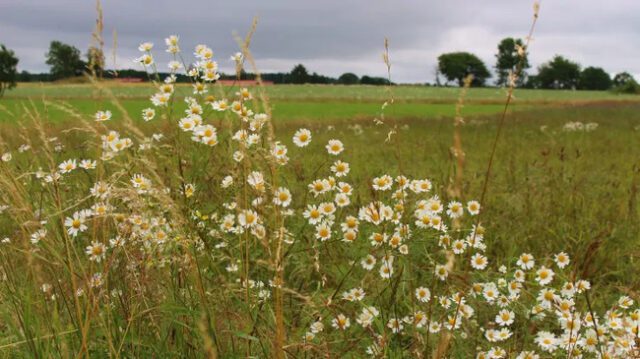
Götene, a picturesque town in Sweden, is enticing potential residents by offering land at a meager cost of 1 krona per square meter, equivalent to nine US cents per 10 square feet. Located about 200 miles from Stockholm, the initiative aims to revitalize the town by counteracting its low birth rates and aging population. As part of the deal, buyers must construct a home on the land, intended either for permanent residence or as a vacation Continue reading “This Scenic Town in Sweden is Selling Cheap Land to Get People to Move There: ‘We Can Offer You a High Quality of Life,’ Mayor Says” »

Early 20th-century portraits by Edward S. Curtis played a crucial role in preserving the heritage of Native Americans during a period of rapid American expansion and government intervention. Curtis, motivated by a belief that Native American cultures were disappearing, dedicated over 30 years to documenting their customs and traditions. Through the financial backing of patrons like J.P. Morgan, Curtis embarked on an ambitious project to produce a series of 20 Continue reading “Early 20th-Century Portraits Preserve the Heritage of Native Americans” »

In Detroit Lakes, Minnesota, artist Thomas Dambo’s latest project, Alexa’s Elixir, invites the public on an enchanting fairy tale scavenger hunt through the forest. This imaginative exhibition, created with the help of over 300 volunteers, features five of Dambo’s signature troll sculptures, three magical portals, 800 birdhouses, and a special book containing a recipe and map for the elusive Golden Rabbit. Based on a folktale by Dambo, the project encourages participants to help Continue reading “Giant Trolls Scattered in a Forest Invite the Public on a Fairy Tale Scavenger Hunt” »

Switching from a traditional grid model to a dome model in city planning, as exemplified by Biotech City, offers profound benefits for creating a sustainable future. Unlike the rigid and often inefficient grid layout, the dome model’s circular and adaptive design allows for organic growth and optimal use of space. This approach enhances flexibility in urban planning, accommodating changes and expansions seamlessly without the constraints typical of grid-based cities. Continue reading “How Switching From a Grid to a Dome Model Helps City Planning for a Sustainable Future” »
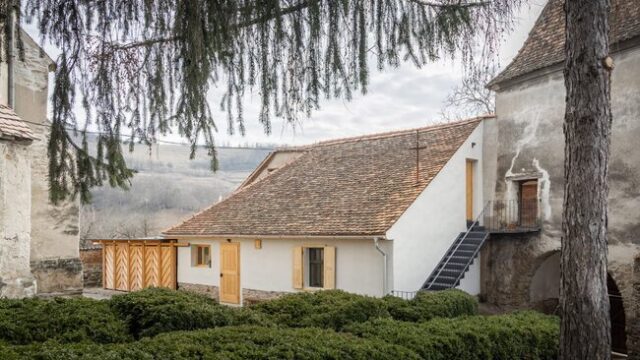
Modul 28, a Romanian architectural studio, has meticulously transformed the rectory of a fortified church in Curciu, Transylvania, into a guesthouse that exemplifies a delicate balance between preservation and innovation. This renovation is part of an initiative by the Fortified Churches Foundation aimed at preserving the region’s numerous fortified churches dating back to the 13th to 16th centuries. Instead of turning these historical sites into static museums, the program seeks to infuse them with contemporary functions, reintegrating them into the local communities. Modul 28’s project reflects this philosophy by making minimal, reversible changes to the existing structures, thus preserving the historical essence while introducing modern comforts and functionality.
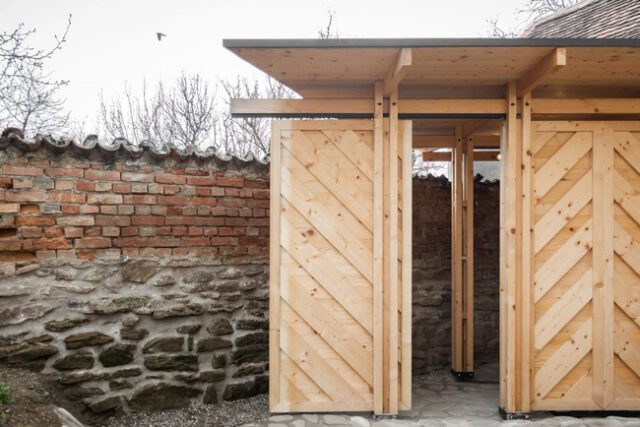
The transformation included the conversion of the rectory and chapel adjacent to the church, while the main church remains accessible to the public. Architect Andra Nicoleanu emphasized the project’s focus on reversibility and the use of lightweight materials like wood and metal for exterior interventions. The design includes a new living area housed in the former chapel’s apse, restored gothic windows, and updated doorways and window shutters in pale wood, which contrast with the rough masonry of the chapel and gatehouse. Additionally, a temporary timber structure provides necessary amenities like bathrooms without altering the historical interior volumes. This thoughtful approach to adaptive reuse ensures that these heritage buildings remain vibrant parts of their communities, blending historical preservation with innovative, modern use.
